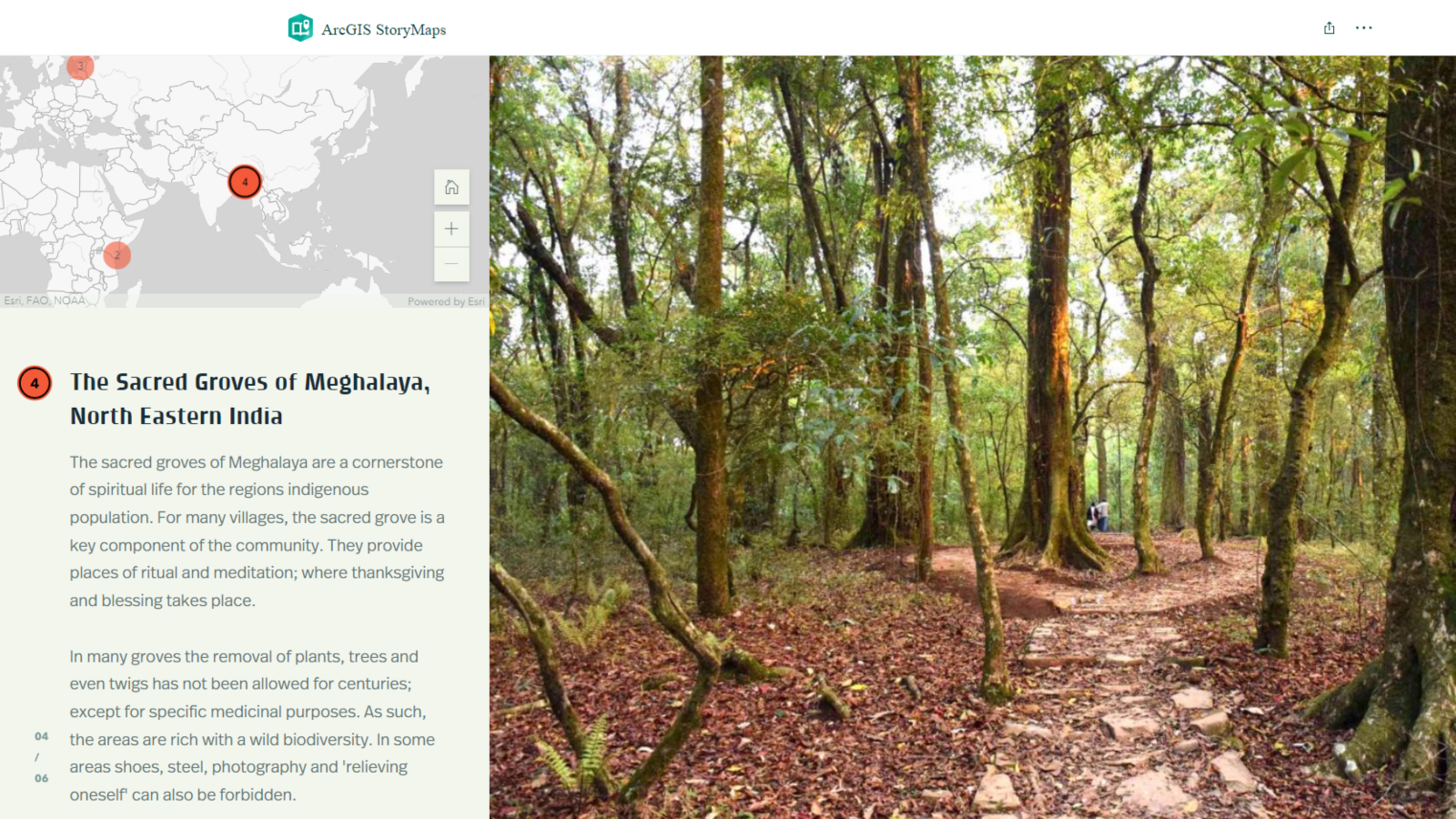Māori Studies
Students use ‘mapping’ to expand and deepen their current knowledge about indigenous peoples around the world and their connections to local places.
MAOR 302: Te Pumoto o te Tangata Whenua, o te Taiao—Indigenous Knowledge and Science
What can Maori learn from other Indigenous peoples? In this course, students explore how Indigenous knowledge and ‘Western’ science work against, with, or independent of each other and look at examples of how science contributes to Indigenous development. This international approach fosters cross-cultural communication skills, sharing of theory and practice, and comparative analysis of the situations of Indigenous peoples in global contexts.
Course coordinator: Ocean Mercier
Assessment details: In this assignment, students use ‘mapping’ to expand and deepen their current knowledge about indigenous peoples around the world and their connections to local places. Students have the flexibility to interpret ‘map’ in any way they choose: it could be a geographical map, a mind map, or something else.

Sacred trees of the indigenous world—Nayte Hardaker

